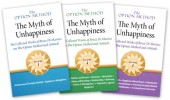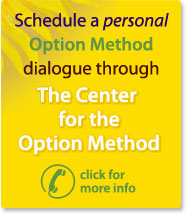Pain
Pain is wanting to be not aware of a sensation, but believing that we should be aware of it.
An analogy: if you were in a hotel, wanting to have a conversation with a friend, and finding it difficult to hear her because of a loud TV in another room, you might first investigate to see if the TV could be turned off. If the TV was in the lobby, you might ask the receptionist to turn the TV down. If the TV was in someone’s personal room, you might bang on the wall. If you didn’t want to (or couldn’t) take any action to have the TV turned down, you might then proceed with your conversation to the best of your abilities, unproblematically, with the TV blaring. Now, alternatively, you could instead ruminate on how the TV “shouldn’t” be so loud, and be unhappy about the noise of the TV.
In this analogy, the TV is a bodily sensation that is present to your awareness that you don’t like. If you find the bodily sensation informative (for example, you realization that your hand hurts because it is touching a hot stove), you will naturally act upon this information (and so remove our hand from the stove). If you find that this bodily sensation (for example, the throbbing of your hand after it has been removed from the stove) has no relevance to what you want, then you might first see if you can “turn it off” or “turn it down”, by taking a painkiller, for example. If you find that this bodily sensation cannot be “turned off”, then you could simply proceed doing what you want, unproblematically, in the context of this bodily sensation. Alternatively, you could instead ruminate on how the bodily sensation “shouldn’t” be, and so be unhappy about your awareness of the bodily sensation.
Option Method – Pain

